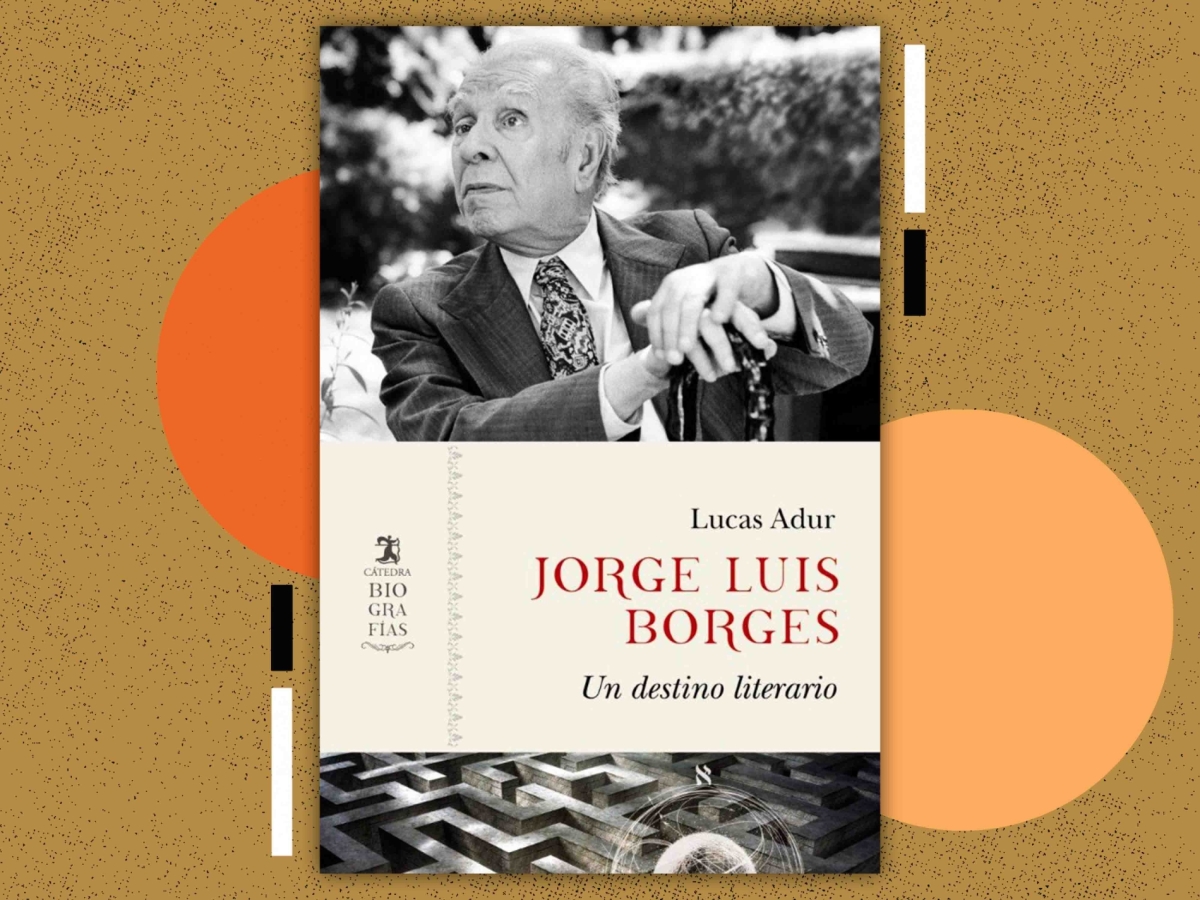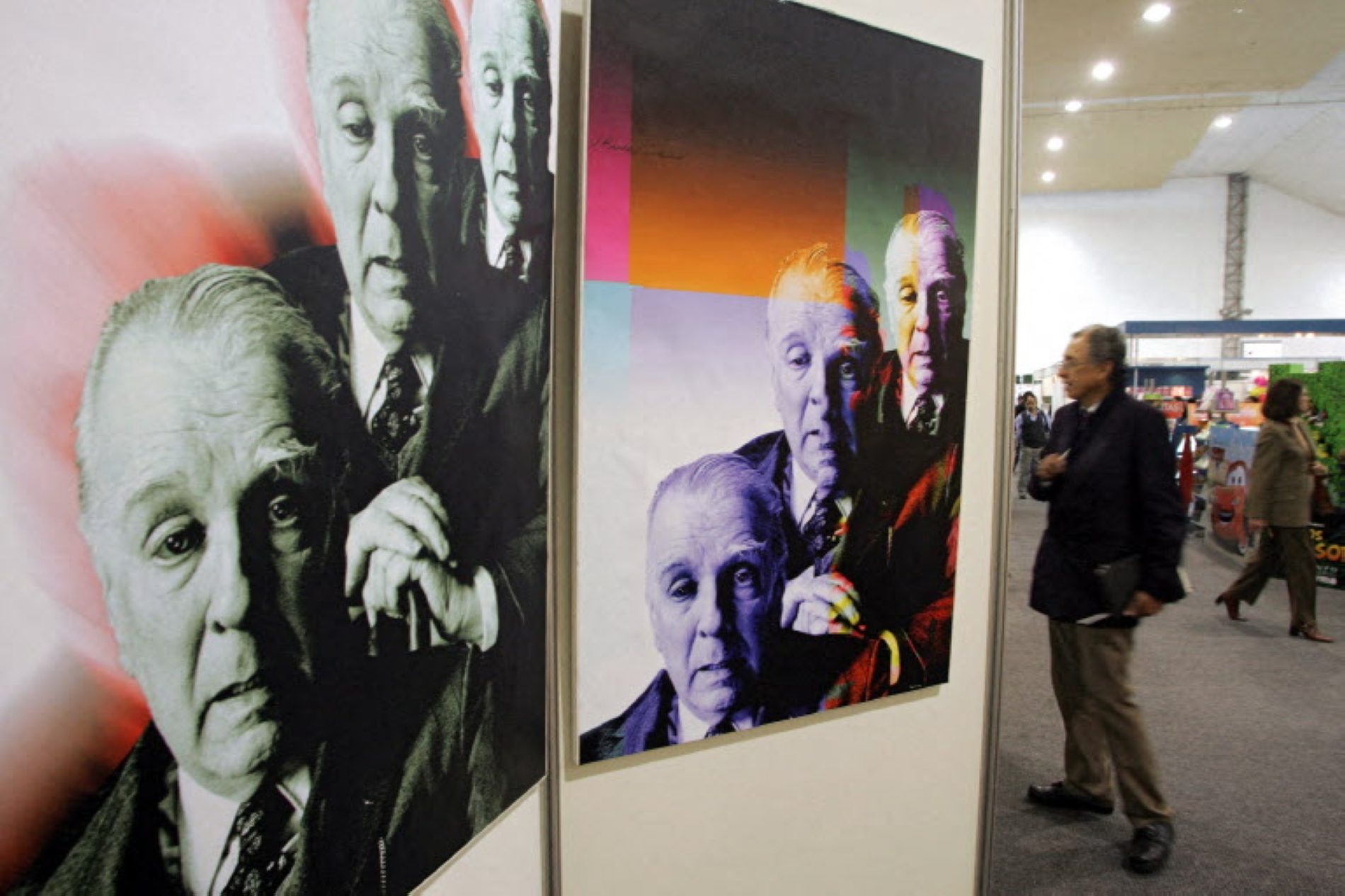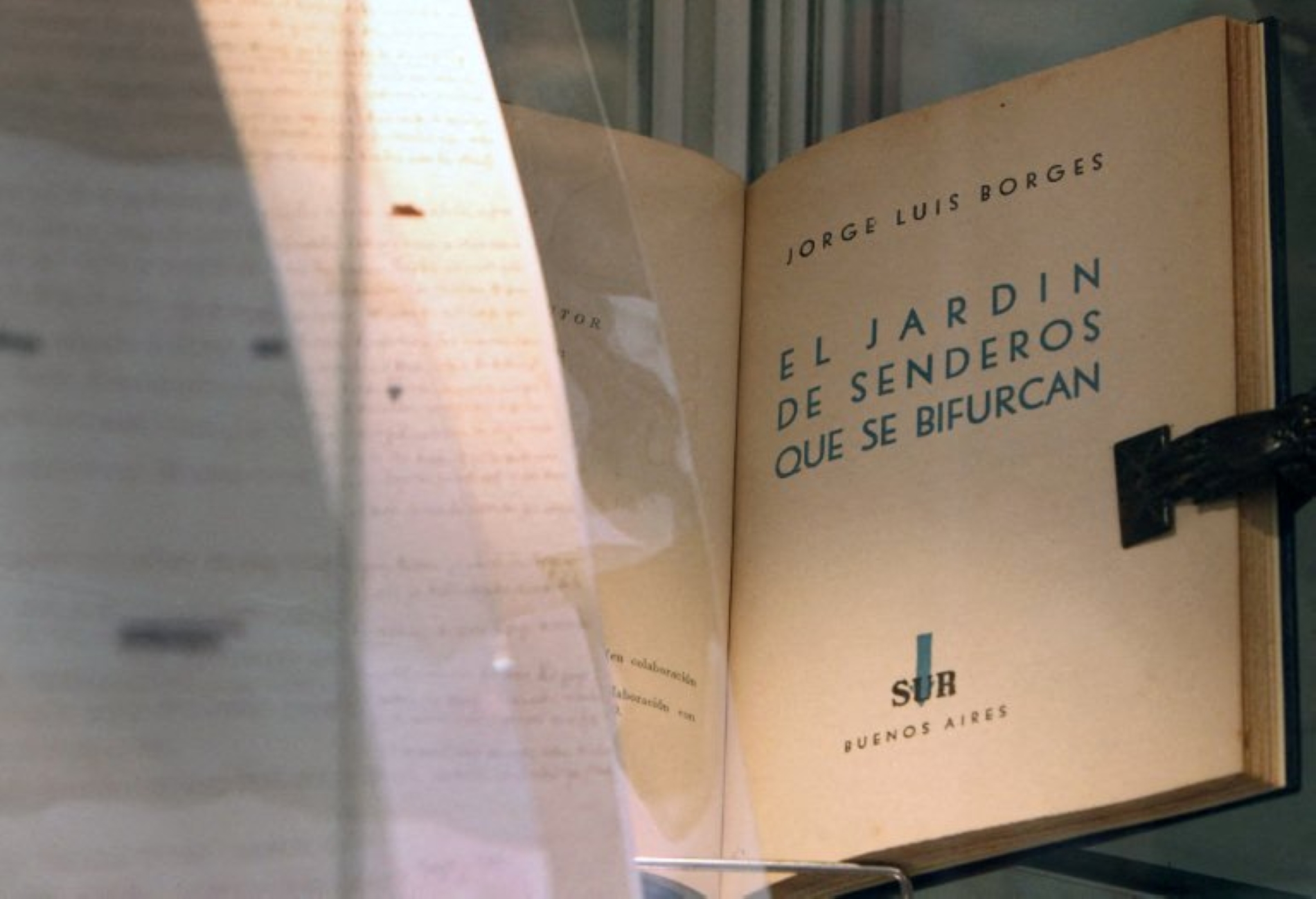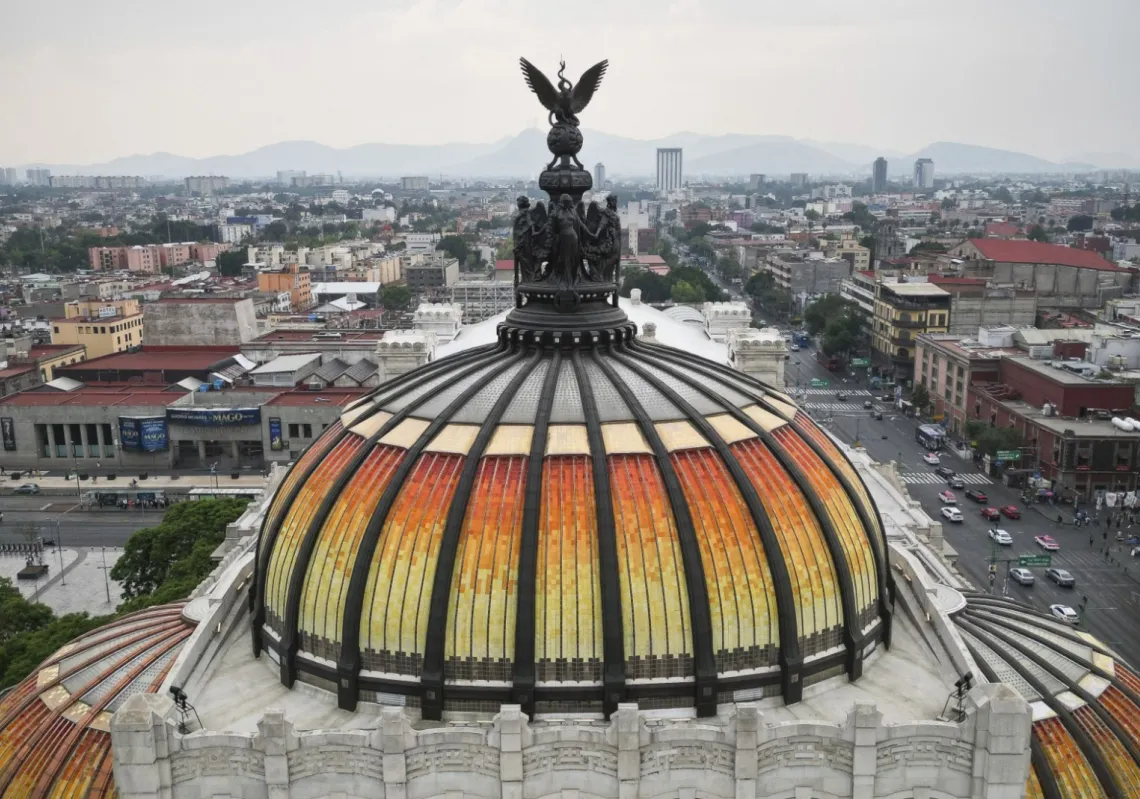Writing the biography of the late Argentine writer Jorge Luis Borges is a demanding and perilous undertaking. One of the greatest authors of the 20th century, he is a multifaceted, multidimensional literary legend whose complex private life intersects with a complex body of work. Trying to disentangle his character is extraordinarily difficult.
In his new book, Jorge Luis Borges: Un Destino Literario (Cátedra, 2025), researcher Lucas Adur offers an integrated perspective that blends biographical narrative with critical analysis, drawing on recently available and previously unused sources such as personal letters and the memoirs of his friend and collaborator Argentine writer Adolfo Bioy Casares, along with studies of Borges’s statements in the media.
Through this methodology, Adur shows Borges—who died in 1986, at the age of 86—to be both a literary symbol and someone within whom personal experience, spiritual searching, and philosophical inquiry converge, thereby enabling a richer understanding of his literary work. Readers are not limited to a recounting of historical facts about Borges’s life; instead, Adur probes deeply into the conflicts that shaped his artistic choices, tracing the influence of family background, romantic experiences, friendships, and spirituality.
Family and sight
Adur begins his analysis by exploring Borges’s childhood in Buenos Aires and the influence of his parents, Jorge Guillermo Borges and Leonor Acevedo. His father embodied knowledge and critical awareness, while his mother served as protector and supporter, giving Borges the freedom to immerse himself in reading and writing from an early age. This early awareness of a literary destiny was no coincidence; rather, it was the product of an interaction between individual will and family heritage. Borges completed his first manuscript at the age of five, indicating an early awareness of his own abilities.
The book highlights the complex relationship between Borges and his mother, which at times restricted his independence, especially when it came to love and romantic relationships. This balance between care and constraint helped shape a sensitive, contemplative personality, capable of confronting and redefining deep internal conflicts. A genetic eye condition that prevented his father from practising law in his 50s slowly began to affect a young Borges, who went completely blind at age 55.
His early readiness to face blindness led him to write in a clear hand so others could read his texts once he lost his sight. His relationship with his mother extended well beyond childhood. During his early blindness, she assisted him with reading, writing, and managing his daily affairs—an intricate blend of dependence on others and preservation of creative autonomy that reveals an important human dimension in understanding his character.
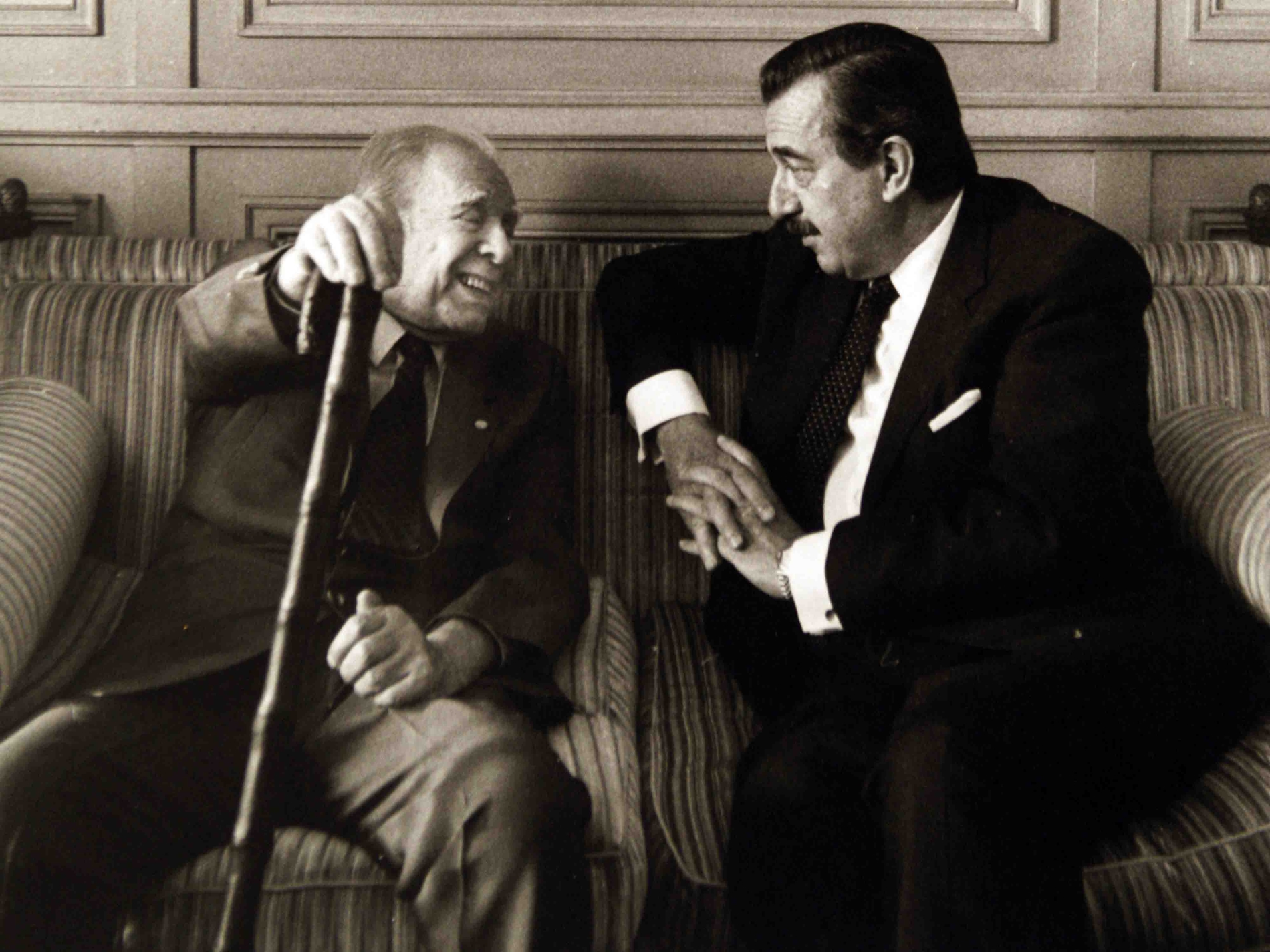
Adur notes that Borges was not simply the heir to his father’s thwarted literary ambition, but rather someone who consciously forged his own artistic path. In An Autobiographical Essay (1970), Borges explains how personal will and family upbringing often collided but ultimately produced a deliberate literary project. Understanding the trajectory of his literary life, therefore, requires a deep reading of the psychological and social factors that shaped his choices.
Love and faith
One of Adur’s most remarkable achievements here is his reconsideration of the human and spiritual dimensions in Borges’s life, aspects often neglected by others. The book recounts his time in Switzerland, where Borges experienced his first serious romantic relationship with a young woman named Emilie. Writing to his friend, Gödel, he admitted his profound affection for her.
A simple relationship that ended when she moved to Spain, it nevertheless proved to be a defining emotional experience that revealed to Borges the nature of his feelings and desires. It also laid the groundwork for his understanding of his own emotional constraints, particularly under familial and social pressures, such as his mother’s refusal to allow him to marry the daughter of immigrants.


